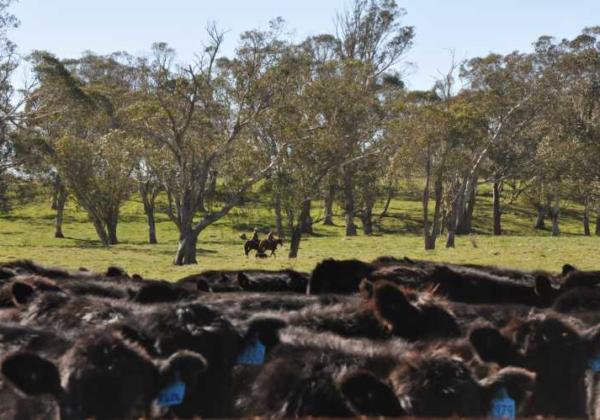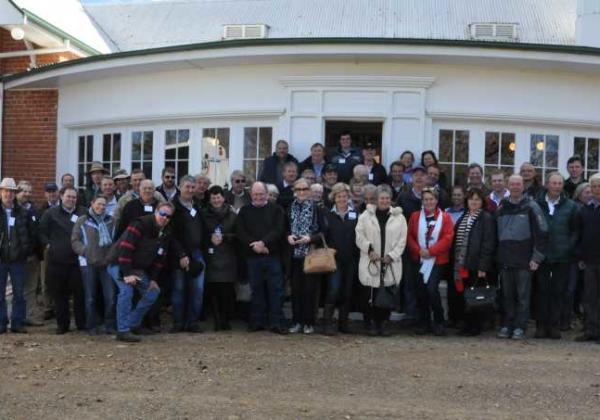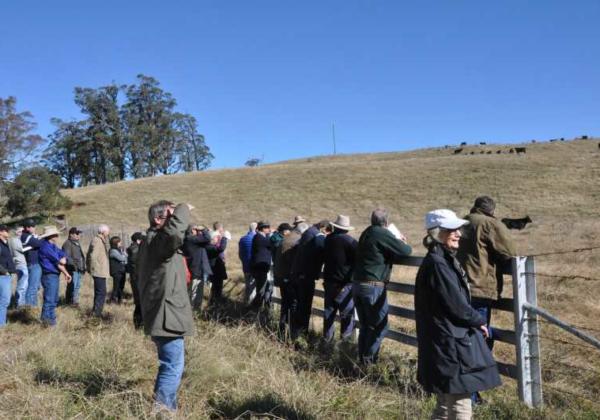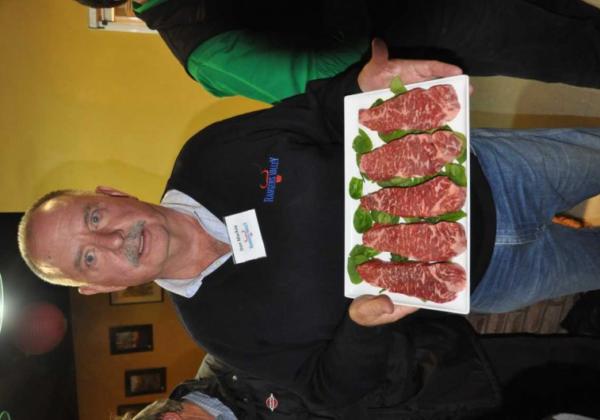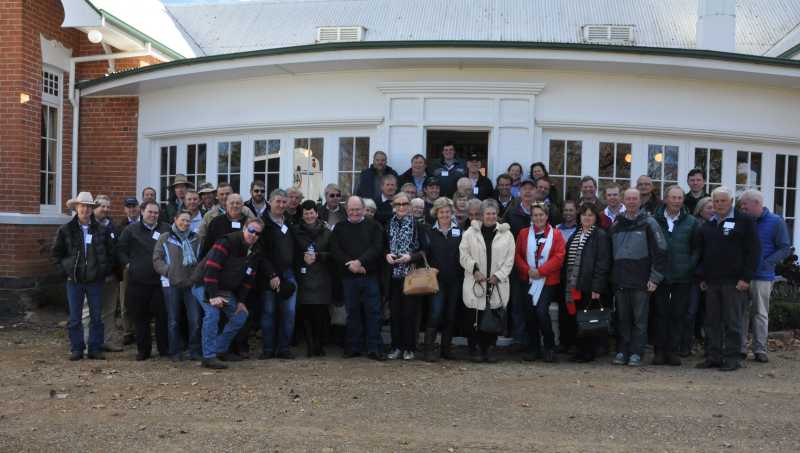
Genetics | Breeding | Backgrounding | Lotfeeding | Export | Tasting
Team Te Mania members from 20 herds travelled from three states to the Team Te Mania Workshop held in the New England district of NSW, May 31st to June 2nd.
Armidale Dinner
Dinner at the Powerhouse restaurant in Armidale, with guests from AGBU, ABRI and Angus Australia was our welcome to the chilly Northern Tablelands. Michael O’Brien, former NSW Farmer of the Year, spoke after dinner, about managing his beef, sheep and cropping enterprises during the 3 year dry in the Walgett shire. Michael talked about reaping great crops, including faba beans in the good seasons, and his advice on conserving more fodder when opportunities present. He highlighted the importance of succession planning and involving the young minds and creativity of the next generation in agriculture.
Michael’s success can be attributed to always searching for solutions and challenging the paradigms that present themselves within agriculture. This set the tone of a very inspiring speech, and a positive trip for us all.
Animal Genetics and Breeding Unit (AGBU), UNE, Armidale
The next morning, we travelled to the University of New England campus to attend presentations from AGBU Director, Dr Rob Banks; Principal Scientist, Dr David Johnston, and Scientists Dr Gilbert Jeyaruban and Matt Woolcott.
David Johnston showed how genetic selection can be used to increase profitability using the Angus Breeding ($) Index. He presented graphs of the Te Mania Angus herd against the breed average, for the Angus Breeding ($) Index, and the Heavy Grain ($) Index, which showed Te Mania Angus to be six years ahead of the breed average for both indexes.
It was interesting to see some graphs of the progress in EBVs which the Te Mania Angus herd has made over the last 18 years –
- Gestation length is 3 days shorter
- Birth Weight is 0.8 kg lighter
- 400D Weight is 37kg heavier
- 600D Weight is 23kg heavier
- MWT is only 11kg heavier
- Scrotal Size is 1.1cm bigger
- Eye Muscle Area is 4.8cm2 bigger
- IMF is 1.9% more.
This has been achieved through
- Increased recording and data feedback
- Improved genetic evaluation
- Advances in computer technologies
- Responding to market signals
The big challenges ahead are to maintain and improve the production traits and to also focus on traits previously too expensive or too hard to measure, such as feed efficiency, cow longevity, immunity and health, and nutritional composition of meat.
As more technology is made available and advances in genomic research are made, Te Mania Angus and Team Te Mania members need to ensure that they are in a position to capitalise on emerging technology and these production traits.
“The only way to improve faster and further is with increased accuracy on data. The core to this is to collect more data. Greater genetic progress is accelerated massively with increased accuracy”, says David.
Additional tools such as Genomics, is key to accelerating genetic progress and improving the production traits. David wants us to dream a bit and think outside the square. What if we as cattle producers were able to produce an animal that had the growth and feed efficiency of poultry, the health and dietary attributes of fish, the meat yield of the swine, the meat quality of the Wagyu, the reproductive capability of the pig and the hardiness of the Brahman? This would truly be a productive beef animal.
The Team Te Mania MDC project has received in excess of 3,000 progeny records for evaluation which are now included in Angus Group Breedplan.
Mat Wolcott discussed findings from the Northern research project into cow fertility and the implications for southern beef breeders. Cow weaning rate is the most important factor for female reproduction. The days to calving figure in herds that use a lot of AI and ET has low accuracy. These herds need to use other techniques to measure fertility, such as CL (Corpus Luteum) scanning.
The Beef CRC shows that if you want to improve reproduction, you must be measuring it. Without the data, improvements cannot be made. Fat is not the panacea for reproduction. Reproduction is!
Gilbert Jeyaruban concentrated on the importance of collecting meaningful, usable data that can be used to improve the carcase and production traits. When collecting data, the take home message from Gilbert was that we must improve the quality of the carcase data coming out of the feedlots. He would like to see larger contemporary groups and more animals in the feedlot from the same pre-feedlot management groups. The steers must also be slaughtered within 14 days of one another.
Many structural and docility records have been collected and will be vital for improving these traits. Rob Banks reiterated that “Anything you want to improve in cattle can be done – but you must have data”
Rangers Valley, Glen Innes
We then travelled to Rangers Valley Feedlot near Glen Innes. It began with lunch in the sunshine in the courtyard of the historic Rangers Valley homestead, built in the 1830’s.
The group heard from Managing Director, Don Mackay; Livestock Manager, Richard Eldershaw; and Marketing Manager, Gary Pavey.
Everyone agreed that the Rangers Valley program is an impressive and professionally managed business. The cattle are well cared for and in excellent condition. Don highlighted current and future markets and what trends he sees emerging. Richard and Don discussed how the Team Te Mania cattle are performing very well with some excellent results amongst Team steers for marbling and finishing rates.
We looked at Team Te Mania steers, in different stages of the Rangers Valley program.
Rafters, Guyra
One of the highlights of the trip was the eight course Beef Degustation Menu at Rafters of Guyra. Prepared by Chef Peter Malcolm, using beef cuts from Rangers Valley, guests were treated to a sophisticated menu which would be well received in any smart city restaurant.
Peter combined many interesting flavours in the way he served the beef – raw, cured, barbequed, braised and in a soup. He answered questions on preparing beef and Gary Pavey, discussed where the different cuts are exported throughout the world.
Angus Australia, Armidale
On the final day of the workshop, Tuesday 2nd June, the group headed to Angus Australia.
Carel Teseling, Angus Australia’s Breed Development and Innovation Manager welcomed the visitors and shortly after breaking into small groups, the Angus Australia staff gave talks on their areas of responsibility.
Andrew Byrne and Alice Lodge gave updates on Education, Extension and Youth, Christian Duff – Export and the Angus Sire Benchmarking Program, Lee-Anne Turner – Member Services and Sonya Buck – Marketing.
The brief visit provided the perfect opportunity for members and staff to put faces to names and for the staff to answer questions and provide information.
Guy Fawkes Station, Ebor
Another highlight of the workshop was the visit to Guy Fawkes Station at Ebor. The home of Fraser and Pam James, Guy Fawkes is a picturesque and productive backgrounding and breeding property. Fraser and agronomist, Matt Foster, showed everyone around the beautiful, high rainfall country and discussed the various techniques and practices they are using to fully utilise the property.
We were then treated to a delicious sit-down lunch of tender braised beef cooked by Pam. It was a fitting finale to our 2½ days of studying the beef chain from go to whoa.

